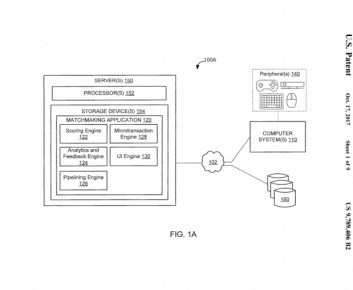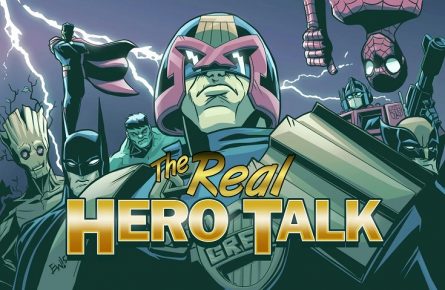Behind the Line: Activision’s Algorithm Patent

If anyone noticed, sorry for the delay. Getting poked in the eye and then Halloween took away some of my usual writing time.
In any case, I had intended to be done with Algorithms by now… then Activision’s patent brings it right back up again.

Note the inclusion of Microtransaction Engine within the matchmaking application.
What is it?
In case you’ve been living under a rock with respect to game/business news, Activision was granted a patent that involved modifying match making based on other information gathered about a player. On a very basic level this wold be in line with the common practice of matching players together who are on the same competitive tier. However the Activision patent goes much deeper, and contains this example utilization
For example, in one implementation, the system may include a microtransaction engine that arranges matches to influence game-related purchases. For instance, the microtransaction engine may match a more expert/marquee player with a junior player to encourage the junior player to make game-related purchases of items possessed/used by the marquee player. A junior player may wish to emulate the marquee player by obtaining weapons or other items used by the marquee player.
This is not presentation of the idea to a public already cautious about publisher monetization strategies.
Why to be concerned
Rightly or wrongly, the Video Games industry has a money problem these days. In particular, how much should players expect to pay for a game? Or for continued development (expansions, patches, balance fixes) for a game? Or from the other side, how much should the industry charge for a game, or how much continued support should be maintained. The expectations here are not sustainable, so something will have to budge sooner or later. In the meantime, though, the industry is doing what it can to keep the books balanced while trying to out-do each other. In that environment, there is a reasonable fear that someone would take any tool available and use it in any underhanded way possible to get as much financial return as possible.
We are in a world with Loot Crates, companies that have actively leaned into casino games at points (is that still a thing?), and concern about games regulated as gambling platforms.
Why concerns are overstated
This comes across like the idea is to put the screws to players to try to wring them for more money, doesn’t it? Many are upset about it, but many of the calmer heads have already pointed out two big points.
One, this is a patent that has been granted, not an implementation of it in games. Activision has even described it as exploratory, so they may or may not use it at all.
Two, the example given is just that, an example. The idea behind it is a tool that can be used in a number of different ways. If the patent is ever developed into an actual system, it could be used in to legitimately enhance the experience, rather than trying to squeeze more money from players.
Here’s my own example that way:
- I play Tekken as King and am rank 10.
- My play session is longer when I re-match the same player a lot.
- My play won/loss ratio against Law is near 50%.
- My play session is longer when re-matches trade wins and losses at about 50%.
- There is another player out there who is playing as Law, is also rank 10, and has the same tendencies.
- The system sees it and matches us together.
- Statistically speaking, that makes us more likely to have a long session of back and forth matches.
This includes the “Analytics and Feedback Engine” listed in the patent as well. There are other examples that could be made for including the microtransaction engine. I expect that the Matchmaking Engine box simply included every system they could anticipate, and the example written above was an unimaginative one designed strictly to appeal to financially minded executives.
On top of all this, if a game is aggressively pushing additional transactions to improve monetization, there is a point where the public will not pay for it, and that business will fail. Game customers are not helpless addicts who must pay for everything that comes out, so the PRESENCE of a monetization scheme does not on its own force players to pay money. If players pay, on some level they have decided, or believe that the content is worth the price to them. If it isn’t they won’t pay for it. If the game service depended on that, if after purchasing the player thinks it was terrible or presented misleadingly in order to trick them into the sale, then the game service will have a huge backlash of negative reaction. Either way can lead to a failure.
Final Thoughts
The issue underlying all of this is finding the right balance point with respect to general expectations. What services to game buyers/players expect, what are they willing to pay? The free to play model has turned many of the previous expectations on their head. With a lower barrier to entry, more players come in, meaning players have many more games competing for attention and money. In that environment it makes sense that game makers will look for ways to make the most of every player they can get. However, if the new balance point for game companies is that all games have predatory monetization techniques, then the entire sector gets poisoned. I don’t THINK it’ll go there, but that is what should concern us.
Kynetyk is a veteran of the games industry. Behind the Line is to help improve understanding of what goes on in the game development process and the business behind it. From “What’s taking this game so long to release”, to “why are there bugs”, to “Why is this free to play” or anything else, if there is a topic that you would like to see covered, please write in to kynetyk@enthusiacs.com or follow on twitter @kynetykknows








Leave a Reply